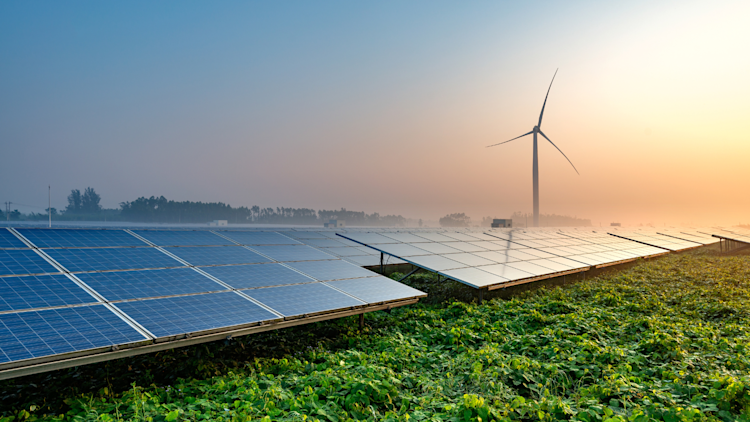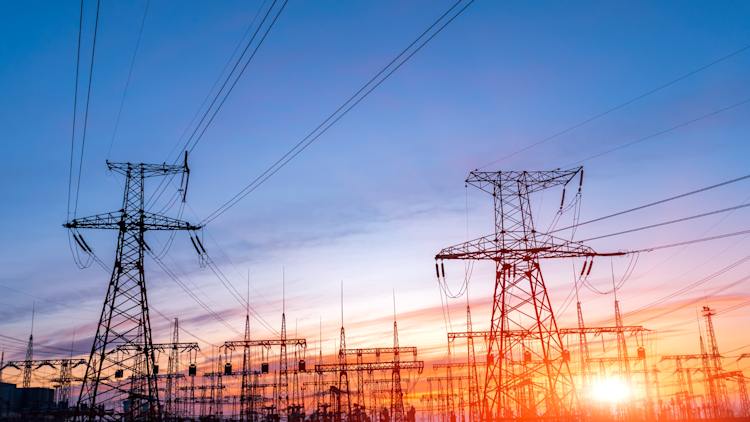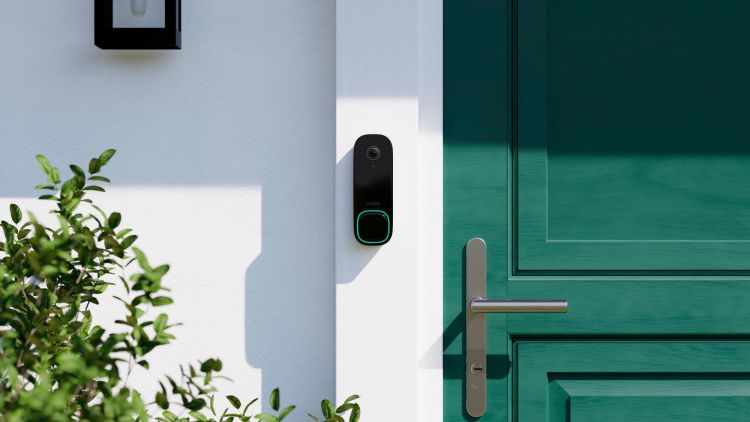ecobee’s Search for a Green Home in the Cloud
As we outgrew our data center, this is the story of our search for a new home in the cloud.
by ecobee on 07/29/2021 in Better Planet
6 min read
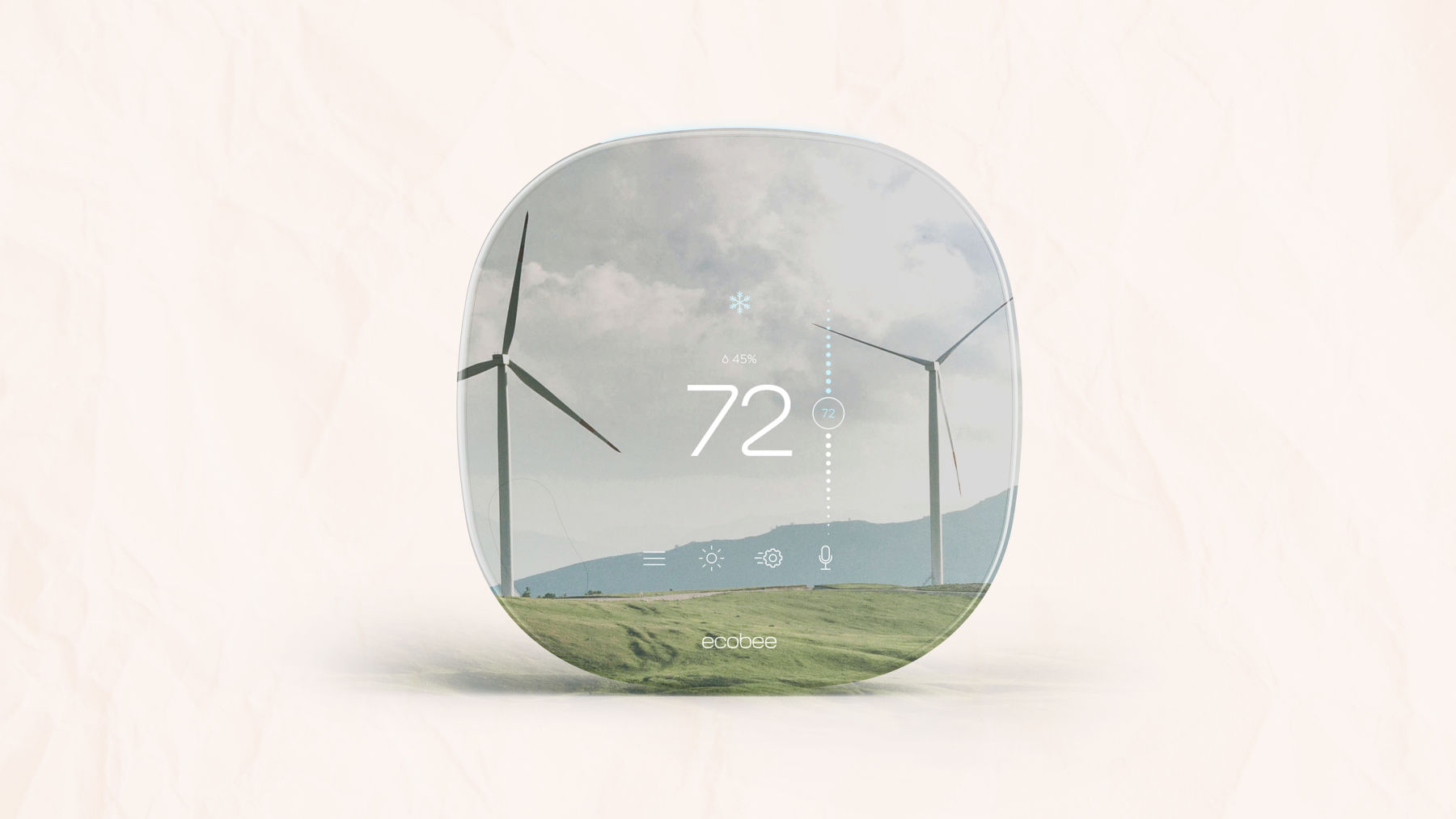
ecobee’s mission is to improve everyday life while creating a more sustainable world. This is the first of a series of stories examining how we’re staying true to our principles as we grow.
From our founding in 2007, ecobee’s computer systems were located entirely in a Toronto office building.
And true to our energy-efficient roots, the location was an excellent choice. Most of Toronto’s electricity needs are met by a mix of carbon-free sources—nuclear, hydro, and renewables.
As time went on, the difficulty of adding capacity to the data center was affecting our ability to support the growing number of customers and our new products and services.
It can take up to six weeks to get a server running in a physical data center, while a cloud-based server can be turned on in a matter of minutes.
In 2018, Jordan Christensen, vice president of technology, and his team began looking for a cloud provider to host our data center. Finding a company as committed to reducing its environmental footprint as ecobee was centrally important.

“At ecobee, we believe that business should be a force for good, so we are very selective in who we partner with,” said Christensen.
Christensen notes that in ecobee’s history, the emissions reductions resulting from our thermostats and devices have outweighed our CO2 emissions by a factor of 10.
That makes ecobee a net carbon sink, like a rainforest, or an ocean.
Finding a new home among the clouds.
For ecobee, one cloud provider stood out from the rest because of its commitment to minimizing its carbon footprint in a massively energy-intensive industry. That choice was Google Cloud.
“What we see in Google Cloud is a company that’s made reducing the environmental impact and carbon intensity of its data centers a core priority,” said Christensen.
Google has in fact been carbon neutral for years, and has achieved 100% renewable energy matching every year since 2017. This means that it buys enough wind and solar electricity annually to account for every unit of electricity its operations consume, globally.
Google has acquired a global portfolio of wind and solar agreements totaling 5.5 gigawatts, equivalent to the capacity of a million solar rooftops. It says it is the “largest annual corporate buyer of renewable energy in the world”.
In 2020, the company set a first-of-its-kind target to operate entirely on carbon-free energy at every hour in every location by 2030. Since embarking on this latest leg of its decarbonization journey, the other major cloud providers have followed suit—with Microsoft setting their own goal to achieve 24/7 clean energy by 2030 and Amazon chasing net zero emissions by 2040.
Google’s leadership in this area of decarbonization aligns with ecobee’s and made the choice of our cloud-computing partner a clear one.
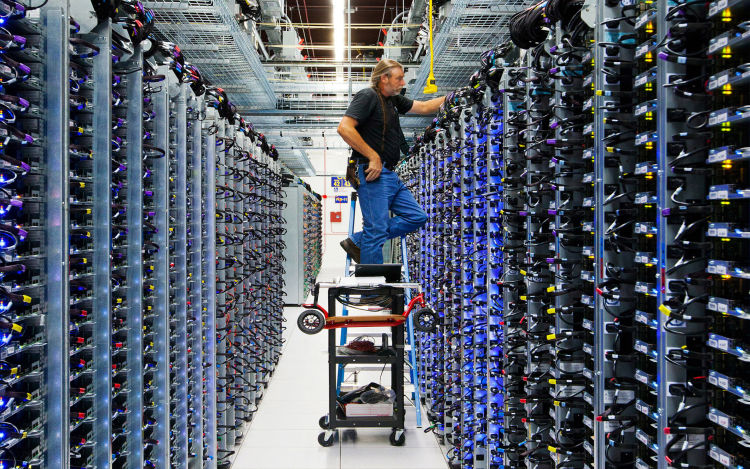
Data fuels the renewable revolution.
As more and more of the world’s information shifts online, we are generating a staggering amount of data. And at least for now, each byte of data we consume has a carbon footprint tied to it.
Conventional wisdom would hold that as our appetite for data rapidly grows, so, too, will data center energy use.
However, though data centers power more applications for more people than ever before, energy efficiency gains mean their share of global electricity consumption has held steady at about one percent since 2010.
That is still a significant amount of energy. While the small, decentralized data centers of yesteryear consisted of little more than a few rows of blinking lights tucked away in a basement closet, each of today’s “hyperscale” data centers can consume as much electricity as a small city. Some can even be seen from space.
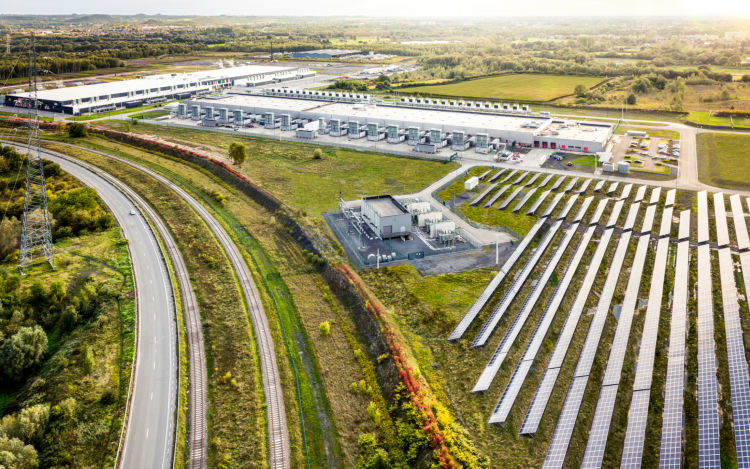
A Google data center in Council Bluffs, Iowa is over 115,000 square feet in size—that’s as big as two football fields.
This is one instance where size and scale can be a good thing.
While it can be very difficult to impossible for a small data center to decide what kind of power it consumes, the astonishing scale of server farms gives green-minded cloud providers the purchasing power to push utilities to add more renewable sources to their electricity grids.
Notably, over the past decade, Google has used its growing footprint in Iowa to spur nearly $510 million in new energy infrastructure.
The results for the state have been dramatic. Just 20 years ago, 85 percent of all electricity generated in Iowa came from coal and a miniscule amount of power came from wind energy. In 2019, wind eclipsed coal as the leading source of electricity in the state.
What makes a cloud green, anyway?
Chris Talbott, a cloud sustainability lead at Google, says a cloud’s greenness comes down to three things: the source of electricity, the efficiency of its physical infrastructure (lights, cooling, etc.), and the efficiency of the software.
Greener sources.
Google Cloud has 25 cloud regions spanning the globe from Taiwan to Singapore to the Netherlands to the Pacific Northwest and Iowa.
Talbott says that there are different advantages and challenges to bringing clean power sources onto the grid in each region.
"While we work to supply each region with carbon-free energy 24/7 by 2030, today there are some Google Cloud regions that are supplied by more carbon-free power than others," said Talbott.
The company is fully transparent about the percentage of carbon-free electricity used in each region, which makes the choice of where to host your data an easy one for an eco-conscious company like ecobee.
For instance, the grid on which Google’s complex in Iowa operates, where wind energy is particularly abundant, is powered by 93 percent carbon-free energy. The high percentage of renewables in its energy mix and its location at the geographic center of the continent make the Iowa data center the right choice for ecobee.
Smarter, more efficient systems.
Similar to how ecobee thermostats use machine learning and AI to shift energy use to times of the day when electricity is cleaner and more affordable, Google shifts some of its computing jobs to use more carbon-free energy, taking into account the carbon intensity of the grid throughout the day and weather predictions.
“If we see that Iowa is likely going to have a really windy day tomorrow, and therefore will have abundant renewable energy on the grid, we can hold off on some low-priority workloads and run them when the grid is cleaner to take advantage,” said Talbott.
In addition to maximizing the use of clean energy at each data center, the company offers customers the ability to host their data in more than one location.
This way, if a customer wants to maximize the carbon-free energy that is powering their workloads they can choose the regions with the highest carbon-free energy score and lowest carbon emissions, like Iowa, or, for another example, Oregon, which operates at 90 percent carbon-free energy.
“It’s like turning on eco-mode for your cloud,” said Talbott.
Going forward, to boost coverage and take advantage of more clean energy, Christensen says that ecobee is looking into adding Google Cloud’s Oregon data center and the soon-to-be-opened Toronto data center.
Did you enjoy this article?
Thanks for letting us know!

